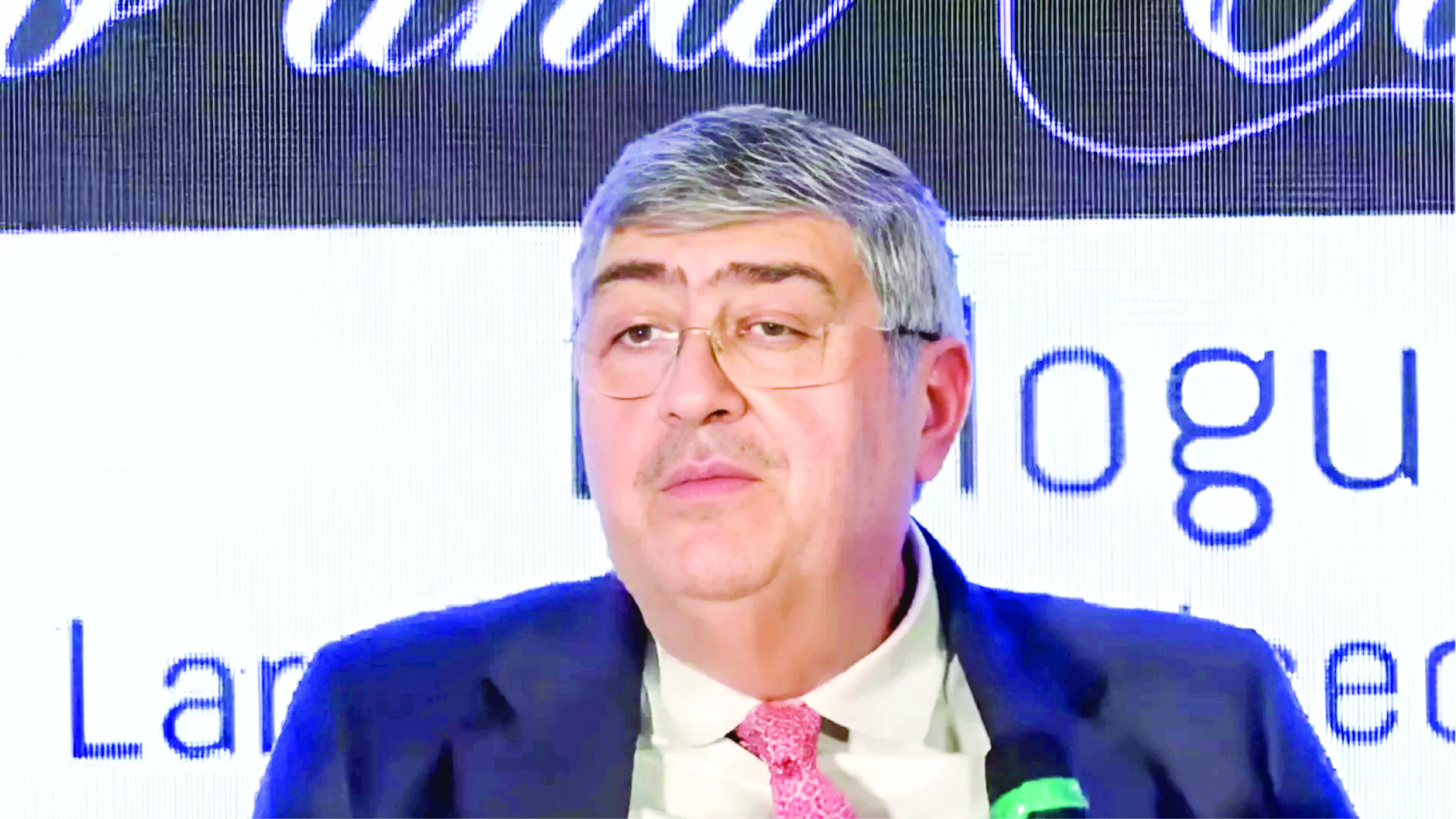Last November, India celebrated 70 years of the adoption of its Constitution, which by itself ought to have led to a renewed interest in the document, its origins, nature, journey, current status and the way forward. What made such a discussion even more imperative were the landmark changes effected to the Constitution, namely the introduction of 10% reservation for the Economically Weaker Sections (EWS) of society, and the amendment to Article 370. The other important developments that warranted a revisiting of the Constitution were, the Ayodhya verdict of the Supreme Court, which predictably led to a discussion on secularism despite the case being a title suit on immoveable property, and the reference order passed in the Sabarimala case pursuant to which a historic nine-judge bench of the apex court will examine far-reaching constitutional questions on matters of religion.
Unfortunately, none of these developments has triggered an informed, critical, original and yet accessible exegesis of the Constitution. To anyone who has paid even a modicum of attention to the undercurrents, it must become apparent and even embarrassingly obvious that the supreme book of the Republic has been the battleground for an ideological tussle for decades now and will remain so for the foreseeable future. Given that the political discourse in India has largely swung between the Left and the Right binaries with their peculiar Indian connotations, the battle over the Constitution too has followed a similar pattern. However, this binary discourse does grave injustice to the anti-colonial and decolonial spirit of the Constitution as well as the largely autochthonous approach of its framers by applying an entirely alien framework, syntax, language and lens in reading the Indian book.
Consequently, neither binary resonates with the innate pulse of this land and its civilisation. One of the reasons that this binary approach is at loggerheads with the Indian worldview is because of its messianic certitude which is non-native, and its condescending take on Indian values and ways of life. In fact, the binary outlook resonates more with the erstwhile coloniser’s extreme contempt for or equally extreme exotification of the native culture, than with the native’s instinctive love for and fierce pride in her roots. This partially explains why the Constitution is seen by the Left and the Right as a document which is meant to “civilise” the native in their own ways. This attitude is evidently premised on the overlapping irrebuttable presumption that the native must be sandpapered using the Constitution until she is a spitting image of the unspoken ideal—the “modern”, “rational”, “scientific” and supposedly secular coloniser. Not so surprisingly, both the Left and the Right have a turbulent and complicated relationship with India’s past- the former views the past through the prism of the present and the latter struggles to reconcile the present with the past. In the process, both viewpoints fail to grasp the sweep and nature of a civilisational journey, namely cyclical evolution.
What is even more troublesome is that both the Left and the Right tend to be so rigid and militant in their expectations of ideological purity that objectivity, reason and balance are often casualties at the altar of their puritanism. This necessarily breeds a schismatic pathology of competing and mutually exclusive narratives leaving very little room for consensus and common ground. Critically, there is no room whatsoever for unselfconscious expression of the native identity which is often forced to conform to the perceptions of the dominant voice in the binary discourse at a given point in time. In addition to undermining the native identity, the zero-sum game between both camps drives sub-optimal policy making. This in itself warrants the exploration of an alternative constitutional paradigm which is free from the suffocating shackles of the Left and the Right. Perhaps, the Constitution, in particular but not limited to the first five Parts (Articles 1-51A) themselves contain the building blocks of such a paradigm. A closer reading of the history of the Constitution, its backdrop which includes the history of integration of states, may even reveal that the original intent of the framers of the document was to anchor it firmly in fertile and rich civilisational ground.
After all, since Article 1 of the Constitution starts with “India, that is Bharat,” it can be presumed within the bounds of reasonableness that the framers of the Constitution saw India i.e. Bharat, as the modern successor state to its civilisational ancient, making India a civilisational state. Such a reading of the Constitution is bound to have direct and indirect implications for several constitutional values and the treatment they have received thus far in political, social, cultural, academic and, of course, legal discourse. The Constitution’s approach to every issue which grabs the attention of the nation, from religion to caste, morality to education, gender to sexuality, citizenship to migration, development to environment, history to national security, free speech to censorship, truth to reconciliation, politics to governance, and everything else in between, will need to be revisited in the light of the new or reclaimed civilisational paradigm.
Simply stated, the nexus between the past and the present through the prism of the Constitution will be the subject of examination. But before doing so, the fundamental premise of India a.k.a Bharat being a civilisational state must be examined so that its true nature is understood and what separates it from a nation state is also understood, which will be undertaken in the next piece. J. Sai Deepak is an Advocate practising before the Supreme Court of India and the High Court of Delhi.













